Aluminum sublimation printing sheets are revolutionizing how we create and display images. This advanced technique allows for stunning, high-definition prints with exceptional durability. If you’re looking for a way to bring your photos and designs to life with vibrant colors and a modern aesthetic, aluminum sublimation printing sheet is the answer.
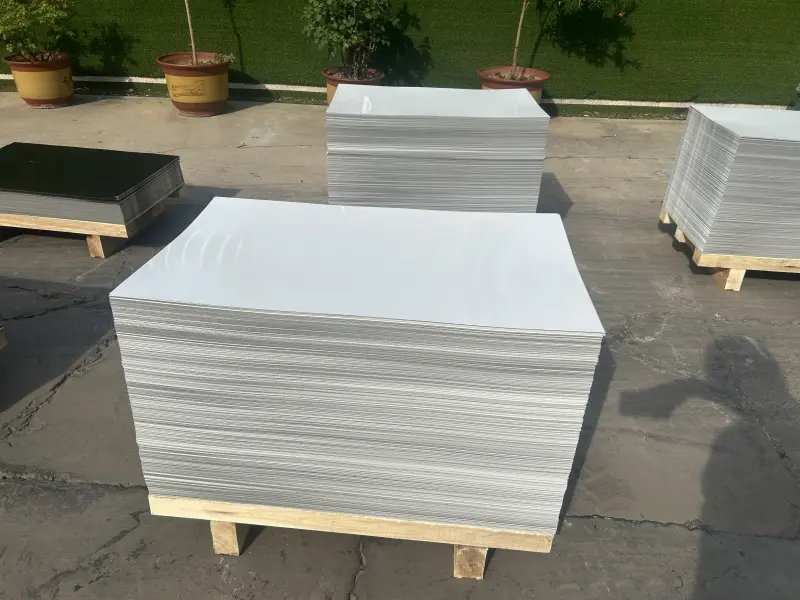
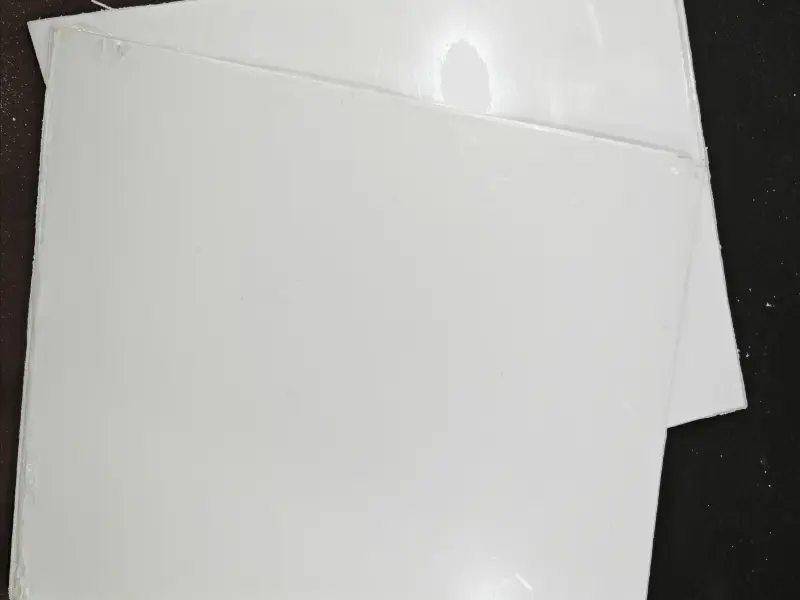

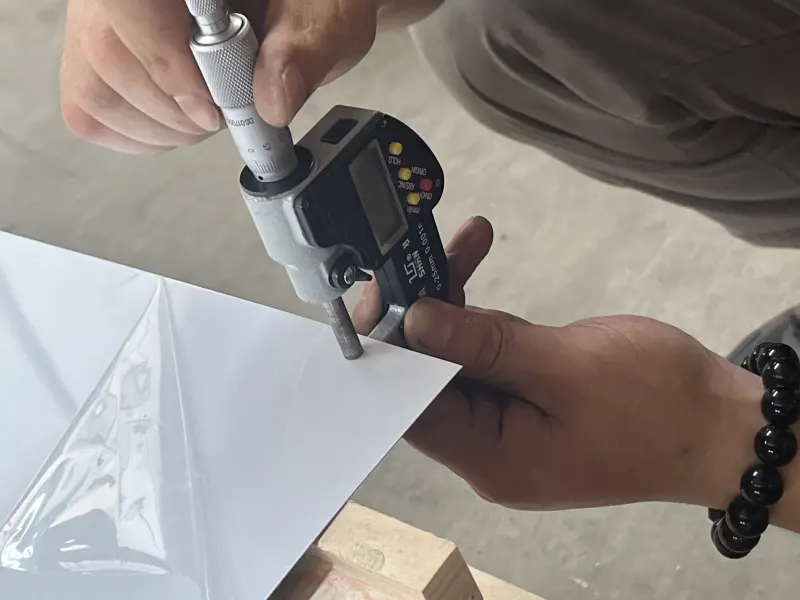
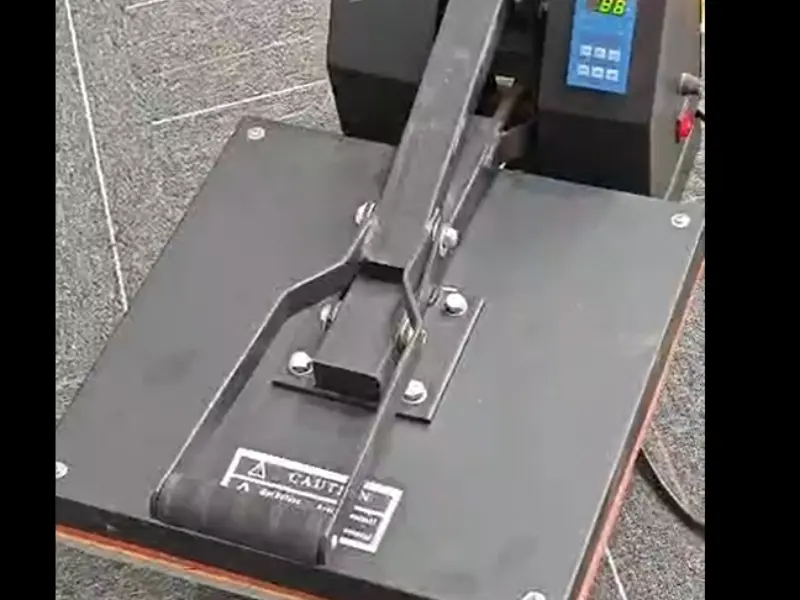
Benefits of Aluminum Sublimation Printing

Choosing aluminum for your sublimation projects offers numerous advantages.
- Exceptional Durability: Aluminum prints are incredibly resistant to scratches, chemicals, moisture, and UV fading. Unlike traditional paper prints, they won’t tear, wrinkle, or yellow over time, making them ideal for both indoor and outdoor displays. This inherent strength makes aluminum sublimation a smart investment for lasting visual impact.
- Vibrant Colors and Sharp Details: The sublimation process infuses dyes directly into the aluminum’s special coating, resulting in colors that pop with incredible vibrancy and clarity. Images appear exceptionally sharp with deep blacks and a wide color gamut, capturing every intricate detail of your original design.
- Modern Aesthetic: The sleek, metallic finish of aluminum gives prints a contemporary and sophisticated look. Whether glossy or matte, the finish enhances the visual appeal, making your artwork or signage stand out.
- Lightweight: Despite their robustness, aluminum panels are surprisingly lightweight, making them easy to hang and transport. This makes large-format aluminum sublimation prints practical for various settings.
- Easy to Clean: A simple wipe with a damp cloth is usually all it takes to keep your aluminum prints looking pristine. Their non-porous surface resists dirt and grime build-up.
Understanding the Aluminum Sublimation Printing Sheets Process
The magic of aluminum sublimation printing lies in its unique process. It’s not merely printing on top of the surface; it’s infusing the image into the material.
- Design Creation: Your desired image or design is created digitally.
- Printing onto Transfer Paper: These inks contain unique dyes that convert from a solid to a gas when heated.
- Heat Press Application: The printed transfer paper is placed in contact with a specially coated aluminum panel. Under high heat and pressure, typically around 400°F (200°C), the sublimation inks turn into a gas and permeate the polymer coating on the aluminum.
- Infusion and Bonding: As the aluminum cools, the gaseous dyes solidify, becoming a permanent part of the coating.
This process results in a print that is incredibly resilient and produces superior image quality compared to traditional printing methods.
Classification of Aluminum Sublimation Panels
Aluminum sublimation panels come in various forms, catering to different aesthetic preferences and functional requirements. Understanding these classifications helps in choosing the right product for your specific needs.
- Finish Types:
- Glossy Finish: Offers a highly reflective surface, making colors appear exceptionally vibrant and rich. The glossy sheen adds a luxurious touch.
- Matte Finish: Provides a non-reflective, subtle look that reduces glare. Matte finishes often lend a softer, fine-art quality to images.
- Satin Finish: A popular middle-ground between glossy and matte. It offers a slight sheen without the full reflectivity of a glossy finish, providing vibrant colors with reduced glare.
- Coating Types:
- White Base: The most common type, offering a bright white background that allows colors to pop and accurately reproduce the original image.
- Clear/Silver Base: The image is sublimated directly onto the brushed or raw aluminum surface. This creates a unique, luminous effect, often used for industrial designs, abstract art, or metallic-themed photography.
- Shape and Size: Panels are available in standard rectangular and square formats, as well as custom shapes like circles, ovals, and even intricate cut-outs, offering immense creative flexibility for aluminum sublimation projects.
Thickness Options for Aluminum Sublimation Blanks
The thickness of the aluminum panel plays a crucial role in its perceived quality, rigidity, and application. Thicker panels generally offer greater durability and a more substantial feel, while thinner options are more lightweight. Common thicknesses for aluminum sublimation blanks include:
- 0.5 mm (0.020 inches): This thinner option is often used for smaller decorative items, promotional products, or applications. It’s flexible enough for some bending but still offers good rigidity when mounted.
- 0.7 mm (0.028 inches): A very popular general-purpose thickness, offering a good balance of rigidity, durability, and cost-effectiveness. Suitable for most indoor signage, art prints, and photo displays.
- 1.0 mm (0.040 inches): Provides enhanced rigidity and a more premium feel. Often chosen for larger art pieces, high-end signage, and applications requiring extra flatness and resistance to warping.
- 1.5 mm (0.060 inches) and 3.0 mm (0.120 inches): These thicker panels are used for very large displays, outdoor signage, or architectural applications. They offer superior flatness and a very robust appearance.
Choosing the appropriate aluminum panel thickness ensures your print not only looks good but also performs optimally in its intended environment.
Alloys Used in Aluminum Sublimation Printing Sheets
Not all aluminum alloys are suitable for sublimation printing. The choice of alloy is critical for ensuring excellent print quality and panel flatness.
- 1100 Series Aluminum: This is a commercially pure aluminum alloy, known for its excellent corrosion resistance, ductility, and high thermal conductivity.
- 3003 Series Aluminum: A widely used general-purpose alloy, the 3003 series offers good strength, workability, and corrosion resistance. It’s a common choice for aluminum sublimation blanks due to its consistent flatness and ability to hold a uniform coating, leading to consistent print results.
- Other Alloys: While 1100 and 3003 are common, other specific alloys.
The quality of the aluminum alloy for sublimation directly impacts the longevity and visual fidelity of the final print.
Packaging for Aluminum Sublimation Products
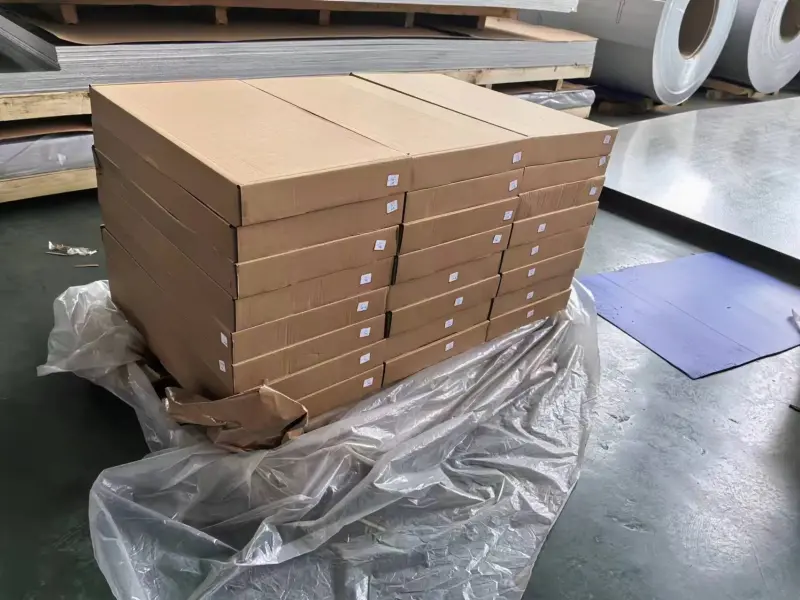
Proper packaging for aluminum sublimation prints is essential to protect delicate items during transit and storage. Damage can occur from scratches, impacts, or even moisture. Effective packaging ensures your prints arrive in pristine condition.
- Protective Film: Most aluminum sublimation blanks come with a removable plastic film on the printable side to prevent scratches before use.
- Individual Sleeves/Bags: Finished prints are often placed in clear plastic sleeves or bags to shield them from dust and minor abrasions.
- Foam or Bubble Wrap: Each print should be wrapped in foam sheeting, bubble wrap. For multiple prints, interleave them.
- Edge Protection: Cardboard corner protectors or foam strips can be applied to the edges to prevent dinging and bending, especially for larger panels.
- Sturdy Outer Boxes: Use double-walled corrugated cardboard boxes for shipping.
- “Fragile” Labeling: Clearly label packages as “Fragile” and “Handle with Care” to alert carriers to the delicate nature of the contents.
Investing in robust packaging safeguards the quality of your aluminum sublimation creations from the production line to the customer’s hands.
Applications of Aluminum Sublimation Printing
The versatility and durability of aluminum sublimation make it suitable for a wide array of applications across various industries.
- Art and Photography: Artists and photographers choose aluminum for its ability to produce museum-quality prints with unparalleled vibrancy and depth. It’s ideal for gallery exhibitions, fine art reproductions, and personal photo displays.
- Signage and Displays: Its weather resistance and professional look make it perfect for indoor and outdoor signage, point-of-purchase displays, directional signs, and informational plaques.
- Interior Decor: From custom wall art in homes and offices to decorative panels in commercial spaces, aluminum prints add a modern and elegant touch.
- Awards and Plaques: The premium feel and durable finish of sublimated aluminum make it an excellent choice for corporate awards, commemorative plaques, and recognition items.
- Promotional Products: Custom aluminum keychains, coasters, luggage tags, and device covers offer durable and high-impact branding opportunities.
- Architectural and Design Elements: Increasingly used for decorative wall panels, backsplashes, and custom facade elements due to its durability and customizable surface.
- Industrial Labels and Nameplates: The abrasion and chemical resistance make it suitable for durable asset tags, equipment labels, and control panel overlays.
These applications highlight why aluminum sublimation printing is a go-to solution for lasting visual impact.
Maintenance and Care for Aluminum Prints
Maintaining your aluminum sublimation prints is straightforward, ensuring they retain their beauty for years.
- Cleaning: For general cleaning, simply wipe the surface with a soft, damp cloth. Avoid harsh chemicals or abrasive scrubbers that could damage the coating.
- Handling: While durable, avoid dropping or hitting the edges of the prints, as this can cause dings or bending. Handle them by the edges to prevent fingerprints on the main surface.
- Environment: Although highly UV resistant, prolonged direct exposure to intense sunlight can still cause gradual fading over many years. For maximum longevity, display prints in areas with indirect sunlight.
Proper care will ensure your aluminum sublimation art remains a vibrant focal point.
Aluminum Sublimation Panel Specifications
Here’s a table summarizing common specifications you might encounter when selecting aluminum sublimation panels:
| Feature/Specification | Common Types/Ranges | Description/Benefits |
|---|---|---|
| Material | Sublimation Grade Aluminum | Specifically treated aluminum alloy (e.g., 1100, 3003 series) to accept polymer coating. |
| Coating Type | White Base, Clear/Silver Base | White offers true color reproduction; Clear/Silver allows metallic sheen to show through. |
| Finish | Glossy, Matte, Satin | Glossy for vibrant colors; Matte for reduced glare; Satin is a balanced option. |
| Thickness | 0.5mm, 0.7mm, 1.0mm, 1.5mm, 3.0mm | Ranges from thin (decorative) to thick (heavy-duty signage, architectural). |
| Standard Sizes | A4, A3, 12×18″, 16×20″, 24×36″, Custom available | Common sheet sizes available; custom sizing often available from suppliers. |
| Cutting Options | Laser Cut, CNC Cut | Allows for precise cuts, custom shapes, and intricate designs. |
| Mounting Options | Float Mounts, Stand-offs, Frames, Easels | Various hardware for displaying prints, creating a floating effect or a classic look. |
| UV Resistance | High (Indoor/Outdoor) | Excellent resistance to fading from UV light, suitable for long-term display. |
| Scratch Resistance | High | Polymer coating provides a durable, scratch-resistant surface. |
| Moisture Resistance | High | Non-porous surface is resistant to water and humidity, ideal for bathrooms or outdoor use. |
Looking for Aluminum Sublimation Printing Sheets
Aluminum sublimation printing represents a significant leap forward in printing technology, offering an unparalleled combination of visual brilliance and enduring quality. From the vibrant hues that bring photographs to life to the robust durability that withstands the elements, aluminum sublimation printing sheets provide a premium solution for a diverse range of applications.
Whether you’re an artist seeking to showcase your work, a business needing impactful signage, or simply looking for a unique way to decorate your space, aluminum prints deliver exceptional results. Embrace the future of printing with the stunning clarity and lasting power of aluminum sublimation.